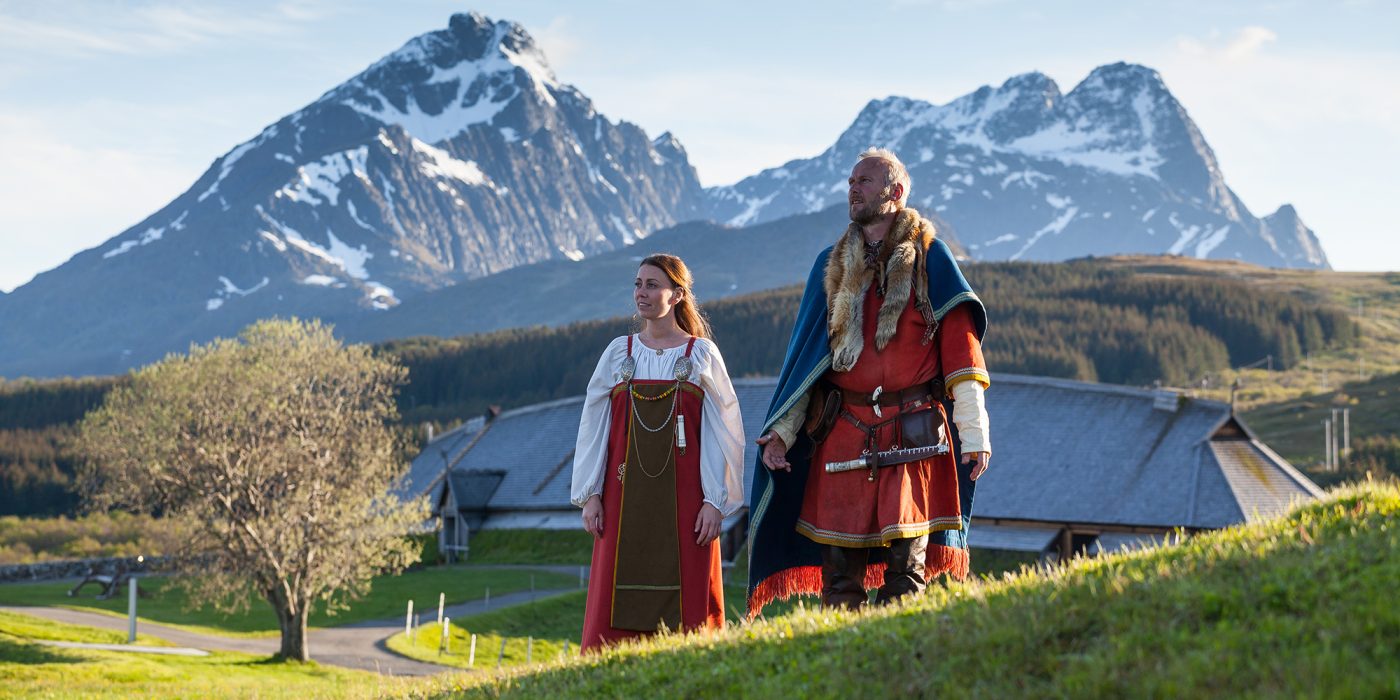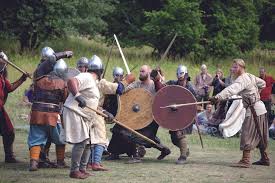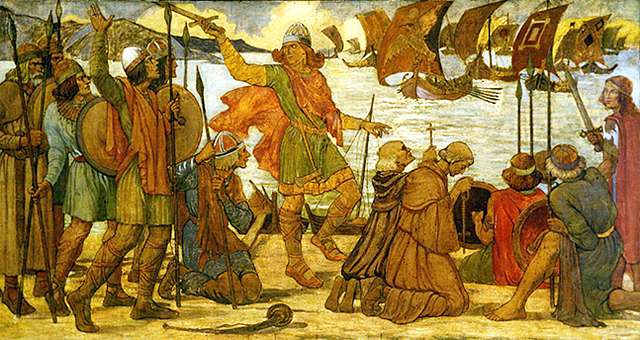Nordic Discovery, Viking
The Ultimate Guide to Viking Culture: History, Beliefs, and Legacy
The Vikings were among the most fascinating and formidable civilizations in history. Known for their daring voyages, warrior spirit, and rich mythology, they left an indelible mark on Europe and beyond. Whether you are a history enthusiast, a Norse mythology fan, or just curious about Viking traditions, this guide will take you deep into their world.
Who Were the Vikings?
The Vikings were seafaring Norse people from Scandinavia (modern-day Norway, Sweden, and Denmark) who thrived between the late 8th and early 11th centuries. They were traders, explorers, and fierce warriors who expanded their influence across Europe, reaching as far as North America centuries before Columbus.
Key Characteristics of Viking Society:
✔ Skilled Seafarers: Their longships enabled them to navigate vast oceans and rivers, making them excellent explorers.
✔ Warrior Culture: Combat was an essential part of Viking life, with warriors seeking glory in battle.
✔ Strong Community Bonds: Vikings valued loyalty, honor, and kinship, shaping their laws and daily lives.
✔ Rich Mythology: Their belief system, featuring gods like Odin, Thor, and Loki, played a crucial role in their worldview.
Viking Beliefs and Norse Mythology
One of the most captivating aspects of Viking culture is their mythology. Their gods and legends influenced everything from daily life to their perception of the afterlife.
Major Norse Gods:
🔹 Odin – The Allfather and god of wisdom, war, and poetry.
🔹 Thor – The mighty protector of Asgard, known for wielding Mjölnir, his enchanted hammer.
🔹 Loki – The trickster god, often causing mischief among gods and mortals alike.
🔹 Freyja – Goddess of love, fertility, and war, associated with beauty and magic.
The Vikings believed in an afterlife where fallen warriors, especially those who died honorably in battle, were taken to Valhalla, Odin’s grand hall, to prepare for Ragnarok—the end-of-days battle.
The Viking Way of Life
The daily lives of Vikings were deeply influenced by their environment, social hierarchy, and survival skills.
Social Structure:
🔸 Jarls (Nobles): Wealthy landowners and leaders of Viking society.
🔸 Karls (Freemen): Farmers, traders, and craftsmen forming the backbone of Viking communities.
🔸 Thralls (Slaves): Captured in raids or born into servitude, they worked for Viking households.
Viking Homes and Settlements
Vikings lived in longhouses, wooden structures with thatched roofs, designed to withstand harsh Scandinavian winters. These communal homes often housed extended families and their livestock.
Viking Exploration and Conquests
Vikings were not just warriors; they were also skilled traders and explorers. Their voyages led them to places like:
- Britain and Ireland: Viking raids reshaped the history of these islands.
- France: The foundation of Normandy came from Viking settlers.
- Iceland, Greenland, and North America: Leif Erikson reached Vinland (modern-day Canada) around 1000 AD.
Viking Weapons and Warfare
A Viking warrior’s strength lay in his weapons and battle strategies. Their arsenal included:
⚔ Swords & Axes: Well-crafted and highly prized among warriors.
🛡 Shields: Round and made of wood, painted with unique symbols.
🏹 Bows & Arrows: Used for hunting and long-range attacks.
Vikings employed shield walls, a strategic military formation, making them formidable opponents in battle.
Viking Legacy in Modern Culture
Today, Viking culture lives on through:
- Movies & TV Shows: Vikings (History Channel) and The Northman depict Viking life.
- Symbols & Tattoos: Norse runes, Mjölnir, and Valknut are popular in modern art.
- Festivals & Reenactments: Events like the Jorvik Viking Festival keep traditions alive.
Final Thoughts
The Vikings were more than just raiders; they were pioneers, artists, and storytellers who left a lasting impact on history. Whether through their mythology, craftsmanship, or fearless spirit, their legacy continues to inspire people worldwide.
Ready to embrace the Viking way? Stay tuned for more deep dives into Viking traditions, fashion, and lifestyle!



